TRAPEZOIDS AND KITES
Subscribe to our ▶️ YouTube channel 🔴 for the latest videos, updates, and tips.
Trapezoids
A trapezoid is a quadrilateral with exactly one pair of parallel sides. The parallel sides are the bases. A trapezoid has two pairs of base angles.
For instance, in the trapezoid PQRS given below ∠S and ∠R.
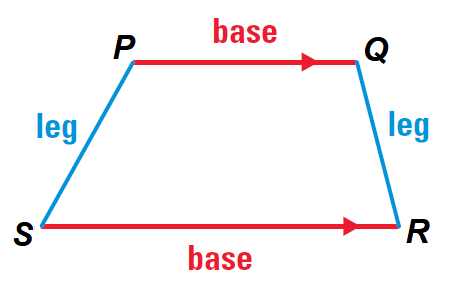
The other pair is ∠P and ∠Q. The non parallel sides are the legs of the trapezoid.
If the legs of a trapezoid are congruent, then the trapezoid is an isosceles trapezoid.
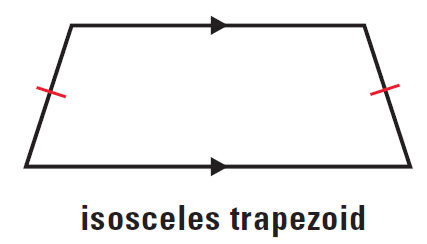
Kites
A kite is a quadrilateral that has two pairs of consecutive congruent sides, but opposite sides are not congruent.
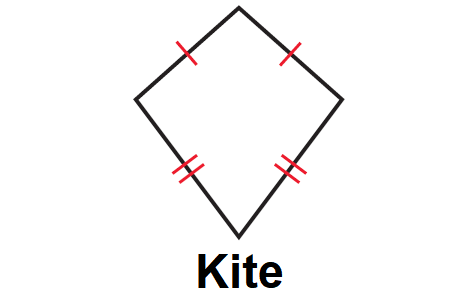
Theorems on Trapezoids
Theorem 1 :
If a trapezoid is isosceles, then each pair of base angles is congruent.
It has been illustrated in the diagram given below.
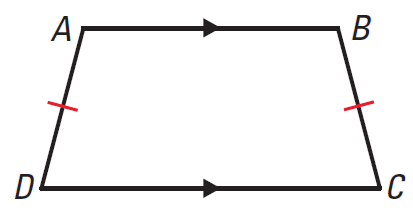
In the trapezoid ABCD above, we have
∠A ≅ ∠B, ∠C ≅ ∠D
Theorem 2 :
If a trapezoid has a pair of congruent base angles, then it is an isosceles trapezoid.
It has been illustrated in the diagram given below.
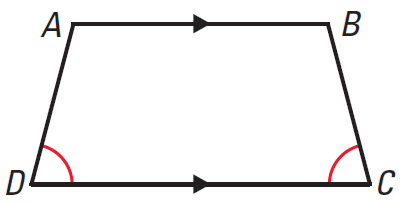
Trapezoid ABCD given above is an isosceles trapezoid. Because the base angles are congruent.
That is,
∠D ≅ ∠C
Theorem 3 :
A trapezoid is isosceles if and only if its diagonals are congruent.
It has been illustrated in the diagram given below.
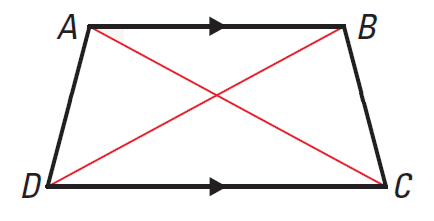
The trapezoid ABCD above can be isosceles, if and only if
AC ≅ BD
Midsegment of a Trapezoid
The midsegment of a trapezoid is the segment that connects the midpoints of its legs.
It has been illustrated in the diagram given below.
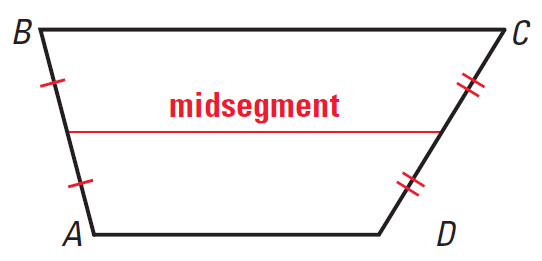
Midsegment Theorem for Trapezoids
The midsegment of a trapezoid is parallel to each base and its length is one half the sum of the lengths of the bases.
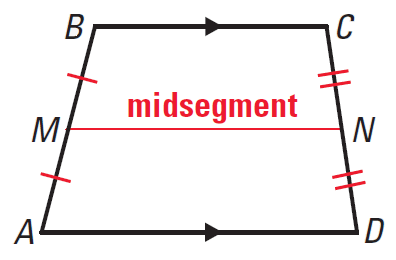
In the trapezoid ABCD given above, according to Midsegment Theorem for Trapezoids, we have
MN || AD
MN || BC
MN = 1/2 ⋅ (AD + BC)
Theorems on Kites
Theorem 1 :
If a quadrilateral is a kite, then its diagonals are perpendicular.
It has been illustrated in the diagram shown below.
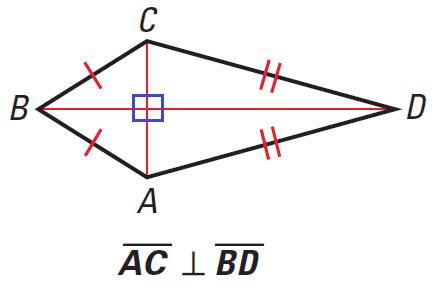
Theorem 2 :
If a quadrilateral is a kite, then exactly one pair of opposite angles are congruent.
It has been illustrated in the diagram shown below.
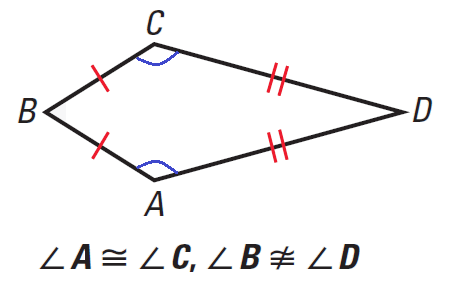
Subscribe to our ▶️ YouTube channel 🔴 for the latest videos, updates, and tips.
Kindly mail your feedback to v4formath@gmail.com
We always appreciate your feedback.
About Us | Contact Us | Privacy Policy
©All rights reserved. onlinemath4all.com

Recent Articles
-
10 Hard SAT Math Questions (Part - 39)
Dec 28, 25 08:30 PM
10 Hard SAT Math Questions (Part - 39) -
10 Hard SAT Math Questions (Part - 41)
Dec 28, 25 06:05 PM
10 Hard SAT Math Questions (Part - 41) -
GMAT Quantitative Reasoning Questions and Answers
Dec 27, 25 09:33 PM
GMAT Quantitative Reasoning Questions and Answers
